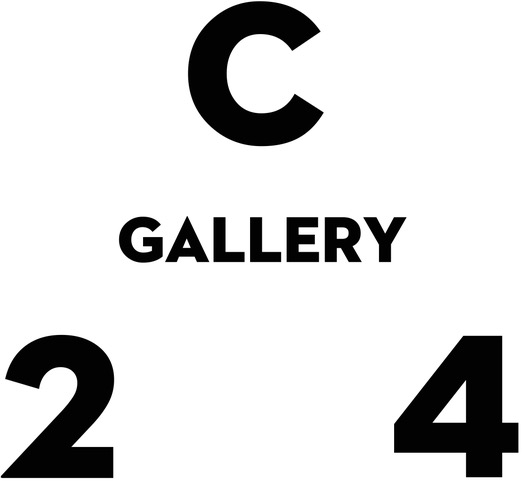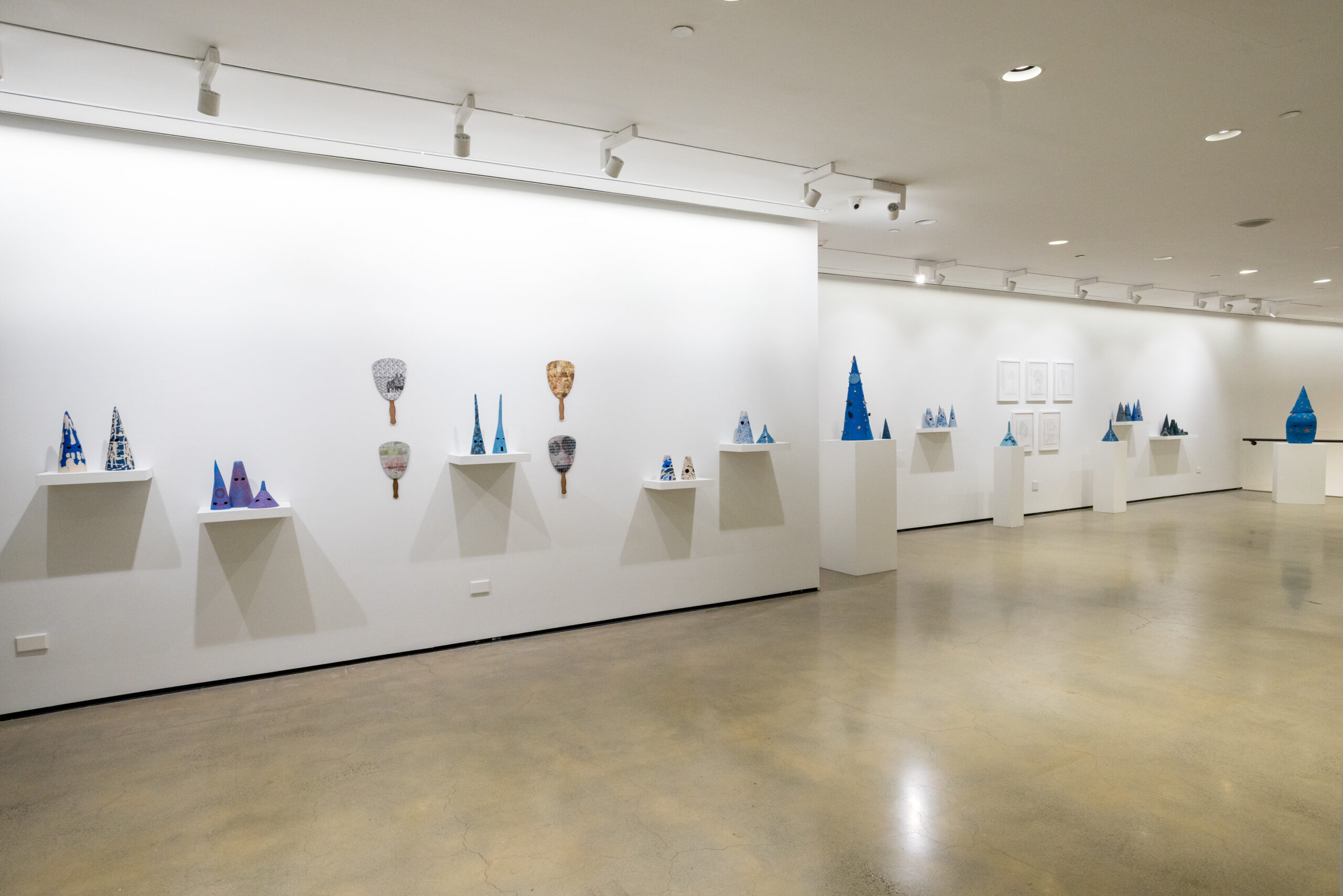Ceramic Highlights: NADA New York 2025

New Art Dealers Alliance
601 W 26th St
New York, NY
From May 7 to 11, the New Art Dealers Alliance (NADA) returned to New York for its eleventh edition, transforming the Starrett-Lehigh Building into a sprawling survey of contemporary…


